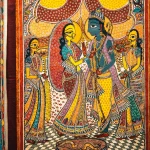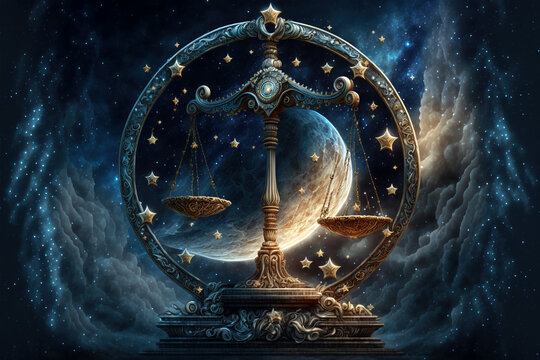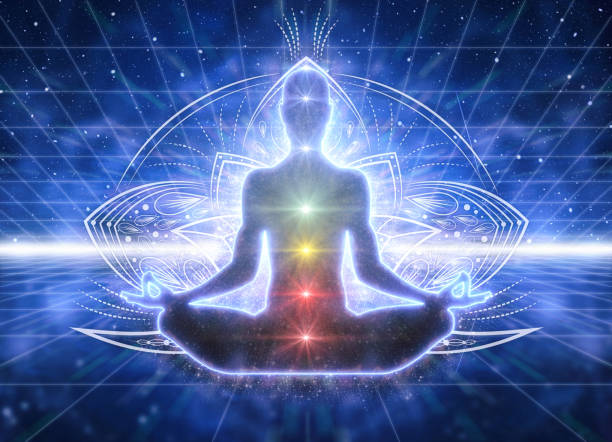Exploring the Rituals and Symbolism of Navratri

Navratri, a festival celebrated with immense devotion and enthusiasm, is one of the most important Hindu festivals in India. The name “Navratri” translates to “Nine Nights,” and it spans over nine nights dedicated to worshiping Goddess Durga in her various forms. The festival, observed in different parts of India, is not just a celebration but a time for spiritual reflection, cultural expression, and devotion. The rituals and symbolism of Navratri are rich with meaning, drawing on centuries of tradition and a deep reverence for the divine feminine energy.
The festival of Navratri holds significance in both spiritual and cultural realms. Each night of Navratri is dedicated to one form of Goddess Durga, who represents power, strength, and protection. These nine nights are divided into three phases, each phase focused on a different aspect of the goddess’s nature: her destructive, creative, and preservative qualities. The rituals performed during this period, as well as the symbolism associated with them, reflect the triumph of good over evil and the importance of self-purification.
Rituals of Navratri
Navratri rituals vary from region to region, but they all share common themes of devotion, fasting, and prayers to the goddess. Here are some of the key rituals:
- Fasting (Vrat): One of the central elements of Navratri is fasting. Many devotees observe a fast throughout the festival, abstaining from certain foods, including meat, alcohol, and grains. This act of self-discipline is considered a way to purify the body and mind, making the devotee more receptive to the blessings of Goddess Durga.
- Prayers and Pujas: Devotees perform elaborate prayers and pujas (rituals) at home and in temples to honor the goddess. The daily recitation of prayers such as the Durga Saptashati or the Chandi Path is common. Temples are adorned with flowers, incense, and lamps, creating an atmosphere of devotion and reverence.
- Garba and Dandiya: In regions like Gujarat, the Navratri nights are marked by vibrant celebrations of dance, particularly Garba and Dandiya. These traditional dances, performed in circles with rhythmic clapping and footwork, are a form of celebration and worship. The dance symbolizes the victory of good over evil, and the energetic movements represent the spirit of the goddess.
- Kumari Puja: In some parts of India, young girls are worshipped as incarnations of Goddess Durga, and this ritual is known as Kumari Puja. During this ritual, young girls, usually unmarried, are dressed in fine clothes, adorned with jewelry, and offered food as a form of reverence. This symbolizes the goddess’s purity and strength, as well as the importance of women in society.
- Durga Puja: In Bengal and other Eastern states, the culmination of Navratri is marked by Durga Puja, a grand celebration of Goddess Durga’s victory over the demon Mahishasura. Large, elaborately decorated idols of Goddess Durga are installed in homes and public pandals (temporary stages), where devotees offer prayers, songs, and dances to honor the goddess.
- Fasting Foods and Offerings: During Navratri, devotees also prepare special foods that align with the fasting guidelines. Foods such as singhare ka atta (water chestnut flour), sabudana (tapioca), and fruits are consumed. Devotees offer a variety of prasad (holy offerings) to the goddess, including fresh fruits, flowers, and sweets like kachaudi and kheer.
Symbolism of Navratri
Navratri is rich in symbolism, each aspect of the festival representing deeper meanings that resonate with devotees on a spiritual level.
- The Goddess Durga: Durga symbolizes the divine feminine energy (Shakti), the force that empowers individuals to overcome challenges and obstacles. She is often depicted as riding a lion or tiger, with ten arms carrying weapons that represent her ability to protect and destroy evil. Each of her ten arms signifies a different quality of the goddess, and together they represent her role as the ultimate protector.
- The Nine Nights: The festival spans nine nights, each dedicated to a different form of Goddess Durga. The first three nights focus on worshiping Durga (the warrior goddess), symbolizing the destruction of evil. The next three nights focus on Lakshmi, the goddess of wealth, and are believed to invite prosperity and well-being. The final three nights honor Saraswati, the goddess of knowledge and wisdom, representing the intellect and creativity.
- The Triumph of Good Over Evil: The central theme of Navratri is the battle between good and evil, symbolized by the victory of Goddess Durga over the demon Mahishasura. This mythological tale underscores the importance of inner strength, self-purification, and the eternal struggle between righteousness and unrighteousness.
- The Rituals of Dance: The dances performed during Navratri, especially Garba and Dandiya, symbolize the cosmic dance of the universe. The circular movements represent the never-ending cycle of life, death, and rebirth, while the rhythmic claps and steps evoke the spiritual energy that flows through the universe.
- Fasting and Self-Discipline: The act of fasting during Navratri is symbolic of self-control, discipline, and the renunciation of materialistic desires. It is believed that by disciplining the body, the mind becomes purified, and the individual becomes more attuned to the divine presence of Goddess Durga.
- The Significance of Light: Light plays a major role in Navratri, symbolizing the victory of knowledge and wisdom over ignorance and darkness. The lighting of lamps, diyas (oil lamps), and firecrackers during the festival is a symbolic representation of the goddess’s divine light dispelling the darkness of evil and ignorance.
Conclusion
Navratri is much more than just a festival; it is a powerful spiritual journey that emphasizes self-reflection, devotion, and the celebration of feminine power. The rituals, dances, and prayers conducted during these nine nights are symbolic of the triumph of good over evil, the pursuit of knowledge, and the reverence for women. As people across India and the world come together to observe this ancient festival, the timeless symbolism and cultural richness of Navratri continue to inspire millions, reinforcing the importance of inner strength, purity, and devotion in everyday life.










